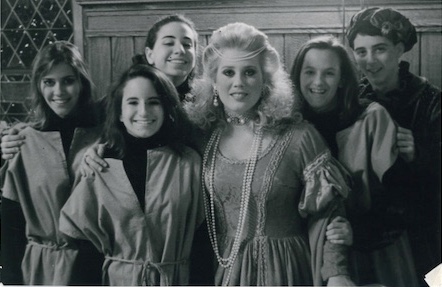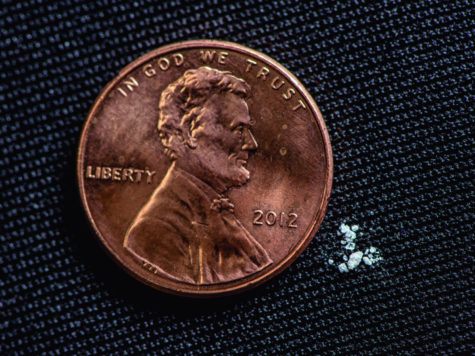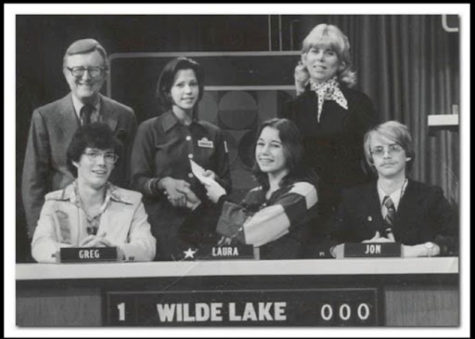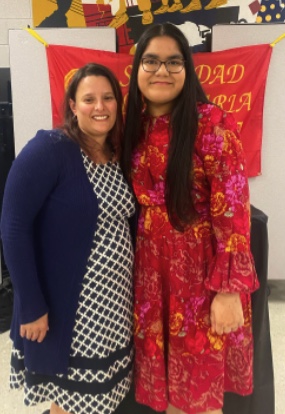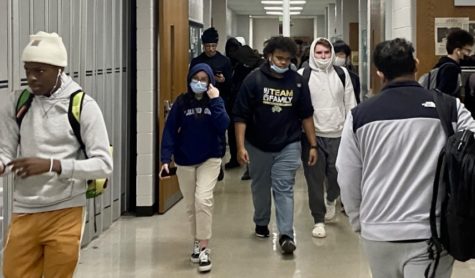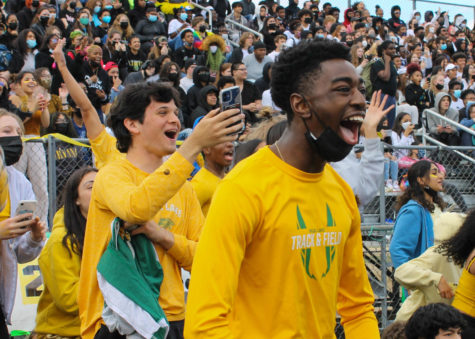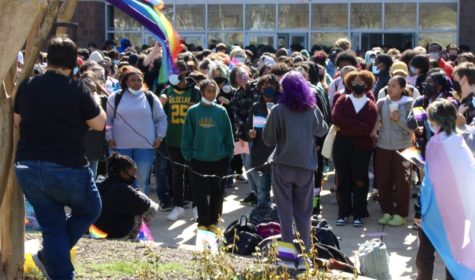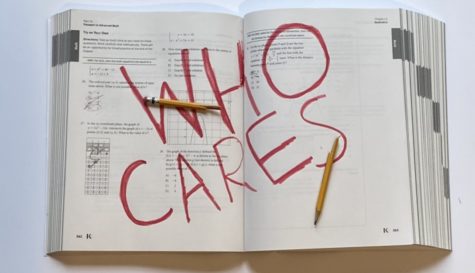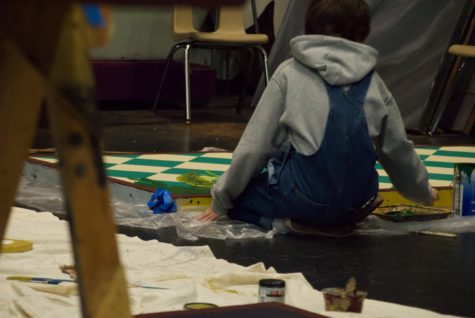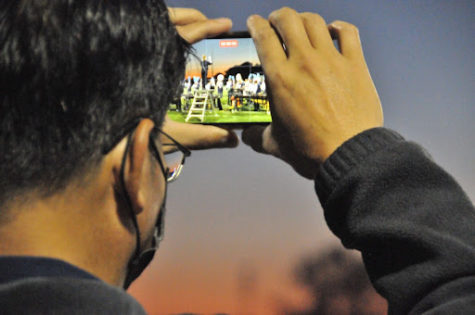Advisory Falls Short of Vision
Students in the 1975-76 school year of Wilde Lake in the school’s yearbook, The Glass Hour, four years after the school opened in 1971. The caption of the photo reads, “The joy of celebrating togetherness is what Wilde Lake and the ‘76 Glass Hour is all about!” At this point, Advisory was part of the school’s structure. (Photo courtesy of The Glass Hour staff)
There’s a saying that goes, “A few bad apples can spoil the bunch.” In some ways, this applies to Advisory — a 20-minute time block between periods two and three on Tuesdays, Wednesdays, and Thursdays.
On Advisory days, it is not uncommon to see students lingering in the hallways after the second-period bell has rung. Administrators will trail these students in an attempt to usher them to Advisory, but it’s about as effective as herding cats.
It’s easy to assume that these few bad apples were the reason for the decision to cut Advisory down to three days. But we should consider other factors.
Firstly, the buy-in does not only have to come from students. Teachers, who must take on the role of an Advisor, have to put effort into building their Advisories.
According to a teacher, a survey about Advisory sent out to faculty reported that most staff would rather have the time back that Advisory takes away so they can meet their course objectives. Moreover, some teachers understandably do not want the responsibility of an Advisory.
Another complication Advisory poses is it makes Wilde Lake students uncoordinated with other schools for virtual classes.
At September’s General Assembly, most representatives voted to keep Advisory five days a week. When that was no longer an option, they were allowed to choose between running it for two or three days.
However, the very objective of Advisory is unclear to some. Is it time for bonding? Do we have to do those activities? Studying? Meeting with teachers? Talking with friends? And if the answer is all of the above, then why are we having so many problems?
Advisory is meant to be a time for community-building, according to Ms. Dixon, a member of the Advisory Committee. She was at Wilde Lake when Advisory was in its heyday and has seen what it looks like when Advisory succeeds and when it fails.
Advisory was “part of the fabric” of Wilde Lake, according to Ms. Dixon. Wilde Lake has had an Advisory since it opened in 1971 as part of a model school program. In 1997 when Ms. Bonnie Daniels retired as principal, the new principal “did not believe in the purpose of Advisory,” says Ms. Dixon.
Since the school reintroduced Advisory in the fall of 2021, Administration has repeatedly tried to convince students that Advisory is time for us. That means, in some ways, how we use that time makes us the masters of our own fate.
There are always going to be those bad apples who would rather walk around the halls. But who can blame them? We sit all day hunched over computers and textbooks, cramming material into our brains. We go from periods one to three, a short lunch, and then to periods five to six.
There is no real break during the school day. I treasure Advisory because it provides some buffer to the mentally demanding — and draining — school days. Therefore, Advisory should be something students want to do. So let’s just call it what it is: time for students and teachers to destress.
Your donation will support the student journalists of Wilde Lake High School. Your contribution will allow us to purchase equipment and cover our annual website hosting costs.



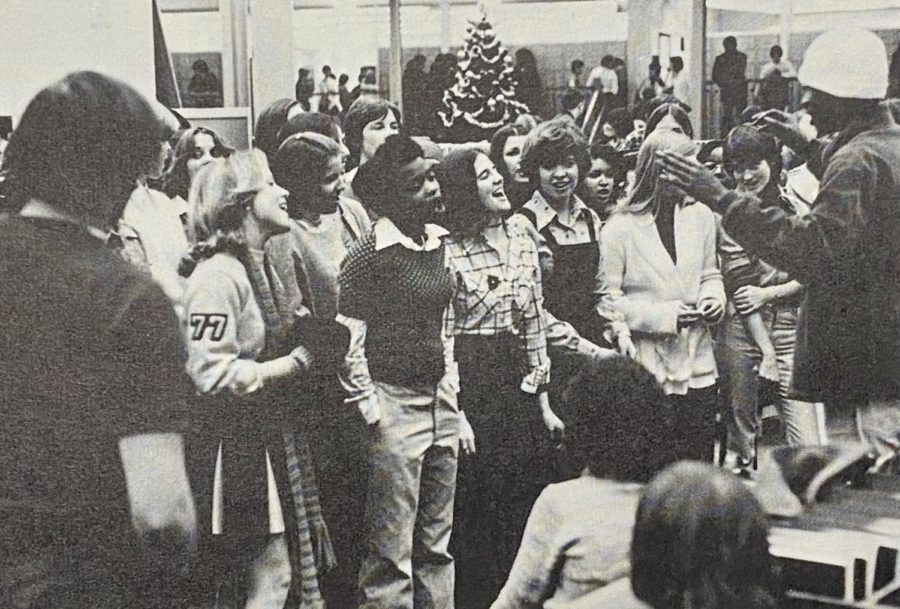

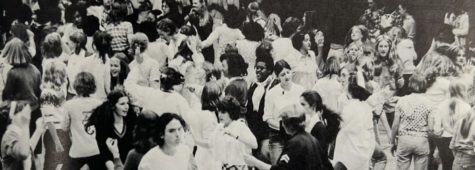
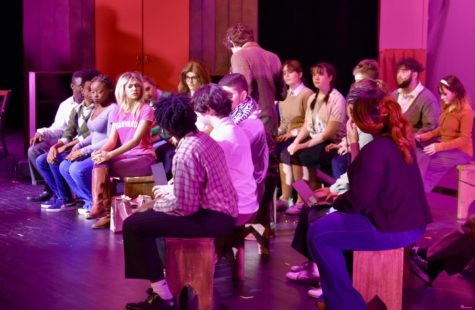
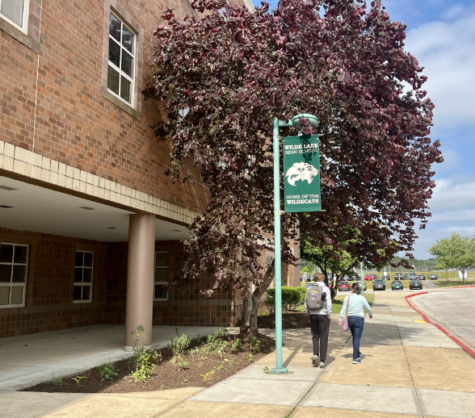
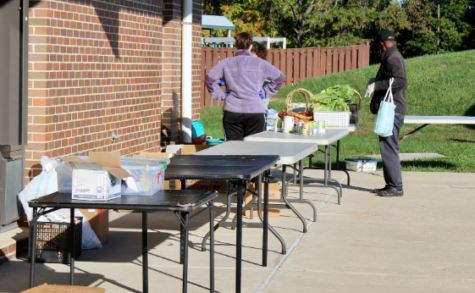
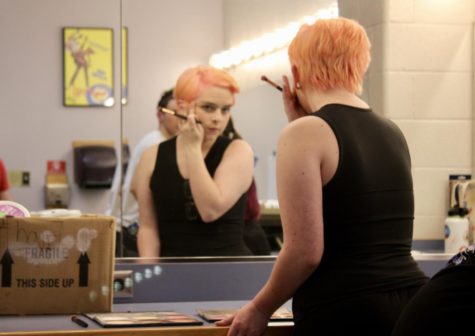
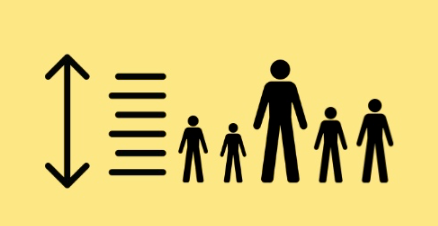
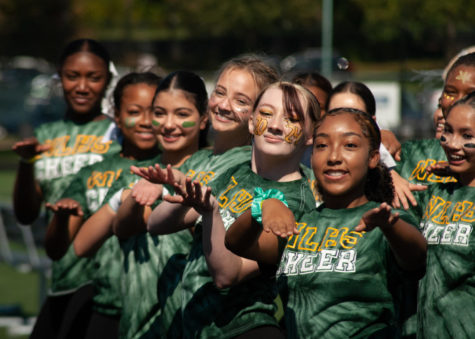
![Ezra playing Sims on a Sunday afternoon. He says the reason he plays varies from checking on [his] households or as a form of escapism.](https://wlhspawprint.com/wp-content/uploads/2022/06/Ezra-1-475x351.jpg)
